In the vast subcontinent of India, a transformative journey is taking place—one that isn't just about roads and highways but about unlocking a treasure trove of financing and investment opportunities in the country's infrastructure sector. As the sun rises over this promising horizon, EPC World takes you on a journey through the labyrinth of funding models, business opportunities, and the innovative spirit that is propelling India's highways into a new era.
At a recent CII conference in the National Capital, a pivotal report highlighted the profound significance of India's road and highway sector. Beyond its role in economic growth, the sector has emerged as a linchpin for fostering an inclusive and interconnected society. The report underscores how road infrastructure drives economic development, instils investor confidence, generates job opportunities, and champions inclusive growth.
This report places a spotlight on the ongoing importance of expanding and fortifying India's extensive road network. This significance is underscored by the global infrastructure funding requirement of USD 3.7 trillion annually, aligning with GDP growth projections. Furthermore, it commends states such as Uttar Pradesh, Maharashtra, Karnataka, and Rajasthan for their pivotal contributions in advancing projects and investments under the National Highways Authority of India (NHAI). A particular emphasis lies on rural road development, where rural roads constitute a significant 71 percent of the nation's road network.
Charting the Path with National Infrastructure Pipeline (NIP)
India's National Infrastructure Pipeline (NIP) charts a formidable investment of INR 111 lakh crore in infrastructure projects from 2020 to 2025, with a substantial allocation dedicated to the road sector. As per Crisil's analysis, it is anticipated that the assets under management (AUM) for infrastructure investment trusts (InvITs) within the Indian road sector will experience a substantial increase, nearly doubling from the current Rs. 1.4 trillion (US$ 17 billion) to an estimated level by March 2025.
This projected growth can be attributed to the rising number of hybrid annuity model (HAM) projects being incorporated into InvITs. This strategic move is expected to maintain robust credit profiles, as the steady cash flow generated from an expanding portfolio of HAM projects will effectively offset any minor increases in borrowing.
Crisil conducted an assessment of nine road InvITs, encompassing over 9,000 kilometers across 105 assets, and identified a pool of 50,000 kilometers of road projects ready for monetization. Since 2016, the National Highways Authority of India (NHAI) has favored the HAM approach for public-private partnership projects. With many of these projects reaching completion, it is anticipated that engineering, procurement, and construction firms will actively seek monetization opportunities.
According to Mohit Makhija, Senior Director of Crisil Ratings, "The share of hybrid annuity model (HAM) projects in InvIT AUM is expected to increase to 20-25% by March 2025 from the current 7%."
While the share of HAM projects in InvIT AUM is anticipated to rise, the bulk, around 60%, of the incremental AUM for the InvITs will still be derived from monetized toll projects under NHAI and private companies. This combination of HAM and toll assets serves to enhance the overall business risk profiles of InvITs, as per Crisil's analysis.
Anand Kulkarni, Director of Crisil Ratings, highlights, "The consolidated loan to value ratio of road InvITs, which is an indicator of leverage, is presently around 41%."
In addition to price and interest rate indexation, HAM projects offer the benefit of stable revenue, which in turn fortifies the financial stability of InvITs. The majority of monetarily funded HAM projects typically have NHAI as the counterparty, with their consistent annuity payments providing vital support to the monetization process. In contrast, toll roads offer protection against inflation and the potential to capitalize on India's economic growth.
Furthermore, over 60% of the equity invested in road InvITs originates from foreign investors, predominantly from patient capital sources such as pension and sovereign wealth funds. This demonstrates the sustained strong interest from investors in InvITs.
Partnership: The Road to Progress
Public-Private Partnerships (PPP) have emerged as the backbone of India's highway transformation. By exploring innovative models such as Build-Operate-Transfer (BOT) and Build-Operate-Own-Transfer (BOOT), businesses are actively participating in financing, constructing, and maintaining road projects. This collaboration is not only changing the landscape but also the narrative of road development in India.
In a bid to revive private investments in the highway construction sector, the National Highways Authority of India (NHAI) has announced plans to allocate 937 kilometers of stretches, requiring an investment of Rs 44,412 crore, through the build operate transfer (BOT) model in the current fiscal year, as stated by a senior official on Friday.
This 937-kilometer allocation represents 15% of the approximately 6,100 kilometers of stretches slated for awards by NHAI this year. It surpasses the target of achieving a 10% contribution of BOT in highway construction. So far this year, only around 350 kilometers of highway stretches have been awarded across all models, including the fully government-funded EPC. Among the 15 identified stretches, nine are located in Maharashtra, with one each in Uttar Pradesh, Assam, Jammu and Kashmir, Madhya Pradesh, Tamil Nadu, and Telangana.
The rationale behind prioritizing the BOT model is that the winning concessionaire not only constructs but also operates the highway, thereby saving government resources, according to the official. However, there is a provision for capital grants of up to 40% in some BOT model cases.
Between 2007 and 2014, BOT was the exclusive model for highway construction. However, issues such as disputes, delays, and unrealistic toll projections led to challenges. Consequently, the government increased investments through conventional EPC and later the hybrid annuity model (HAM), both of which don't require private players to invest their own capital. In addition to attracting private sector resources and reducing reliance on budgetary allocations, the government is emphasizing BOT to address quality concerns in construction through other means.
Officials assert that BOT will enhance the quality of highway construction. In the EPC model, construction quality tends to be subpar as the contractor's responsibilities conclude upon project completion. In contrast, in BOT, the concessionaire is obligated to operate the asset for 20-30 years, resulting in higher construction quality.
To make BOT more appealing, the government is implementing changes in concession agreements, offering only viable projects with pre-arranged land for bidding, and exploring modifications to Model Concession Agreements and Request for Proposal documents to address areas of dispute.
Flexibility has already been introduced, allowing concession holders to change ownership after one year, instead of the previous two-year requirement. Innovations like dispute resolution boards and risk-sharing mechanisms have been incorporated to enhance the attractiveness of BOT (Toll). Additionally, the removal of the capacity augmentation obligation by the concessionaire aims to minimize contract disputes.
Success Stories that Pave the Way
Key milestones in India's highway revival include iconic projects like the Delhi-Gurgaon Expressway and the Mumbai-Pune Expressway. These roads are living proof of the power of B2B financing models and how private investments can elevate road development, reducing congestion, improving quality, and connecting major cities.
However, navigating the Indian road development landscape isn't a smooth ride. The journey is punctuated by land acquisition intricacies, shifting government policies, and regulatory roadblocks. However, the experiences and lessons gained from overcoming these obstacles are invaluable.
The Hybrid Annuity Model (HAM)
For businesses, relief arrived in the form of the Hybrid Annuity Model (HAM). This financing approach lightened the financial burden while keeping businesses actively involved in project execution and maintenance. It's a bridge that unites public and private sector interests.
In the global arena, India's success in PPP projects has caught the attention of international businesses. These companies are not only bringing diverse funding sources but also importing advanced technology and global best practices, enhancing India's road development.
As India continues to grow and urbanize, fresh opportunities surface. Smart highways, electronic toll collection systems, and sustainable road construction methods present new frontiers for innovation. Businesses, hand in hand with the government, are reshaping the sector's future.
Government policies have been a cornerstone in cultivating business investments and partnerships in road development. Initiatives like the 'Hybrid Annuity Model' and the 'Monetization of Operating Highway Assets' are the blueprints for active private sector involvement.
Today, India's roads and highways are more than mere infrastructure; they symbolize progress and untapped potential. The journey continues, fueled by B2B collaboration and innovative financing models. It's a journey that transforms roads into pathways of prosperity.
The Destination of Transformation
As we drive through this unfolding story, it becomes clear that India's highway transformation isn't just about infrastructure but about innovation, partnership, and the road to a better future for all.


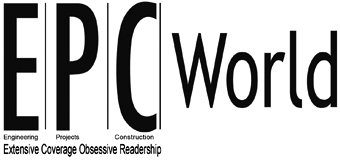







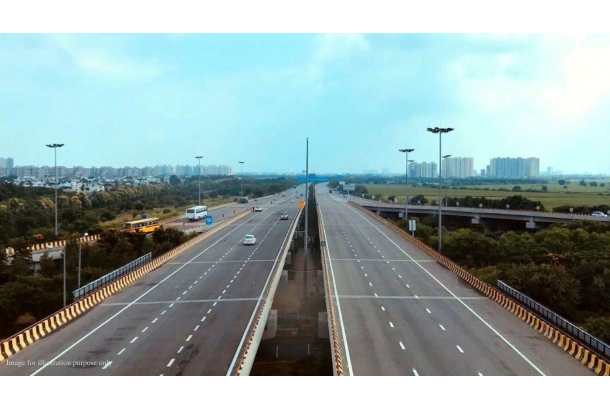




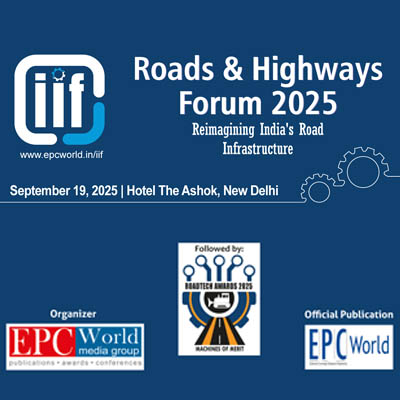

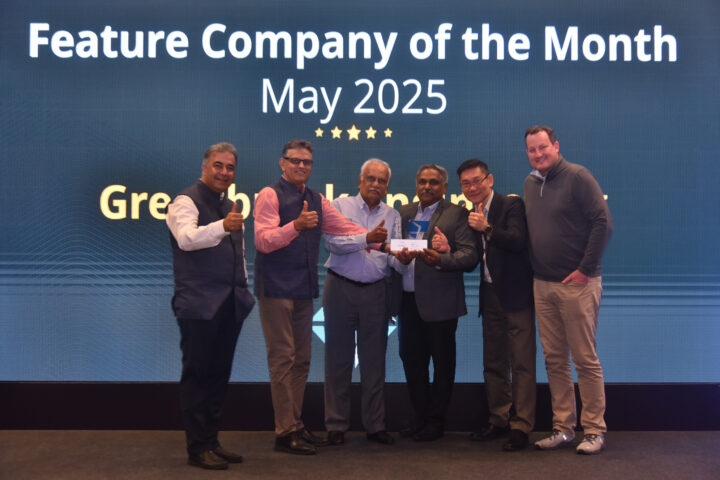
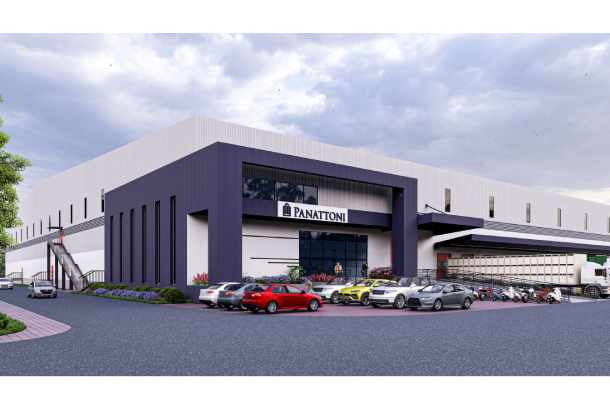

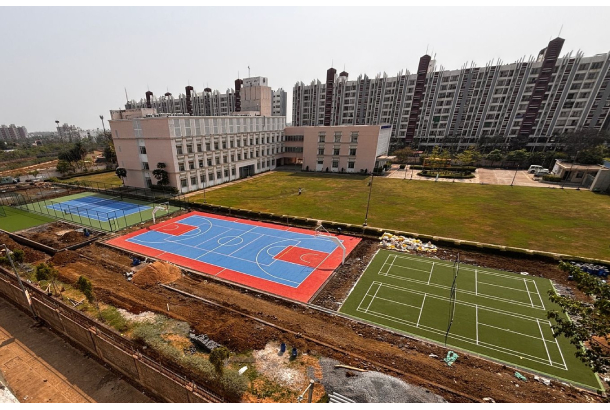

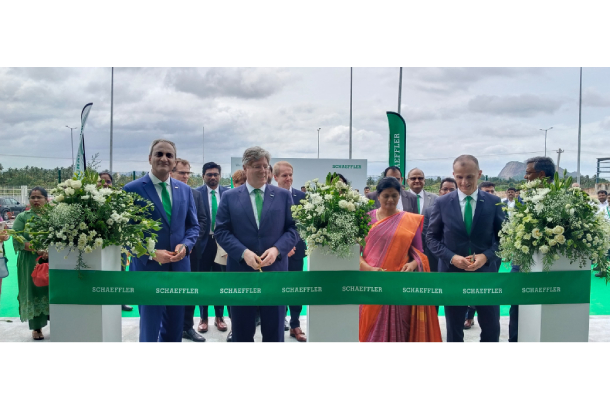

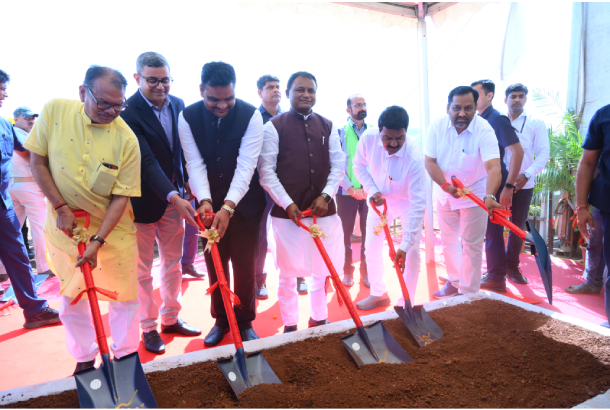


Follow